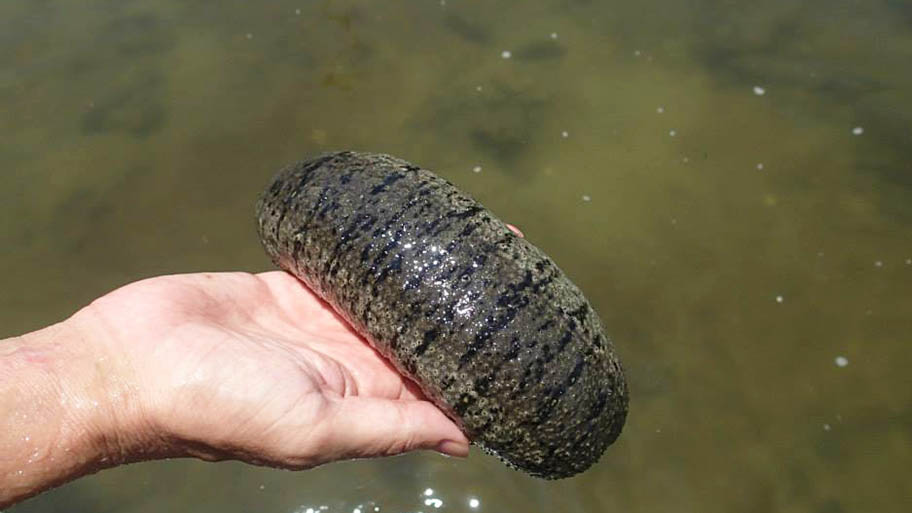Find out more about sea cucumber, an ocean floor dwelling echinoderm and Chinese delicacy. Find out which sea cucumber is sustainable and where to buy sustainable sea cucumber.
What is a sea cucumber?
The sea cucumber is a primitive echinoderm, which is most closely related to the starfish and sea urchin.
They are critical to maintaining marine biodiversity, like coral reefs, and can affect alkalinity levels of seawater, serving as an important buffer against ocean acidification.
There are over 1,400 species of sea cucumber inhabiting all corners of the marine world, from the ocean floor of Antarctica to the pristine reefs of the tropics.
The majority of sea cucumber is harvested for human consumption. Like abalone, shark fin, fish maw and bird’s nest soup, sea cucumber is a delicacy that has been a symbol of affluence and luxury, typically reserved for special occasions like weddings, banquets, and Chinese New Year celebrations.
Sea cucumber facts
- They're primitive: Sea cucumbers have no eyes and no brain
- They clean the ocean: Sea cucumbers predominantly feed on detritus and other organic matter and excrete inorganic nitrogen and phosphorous. This nutrient recycling and sediment redistribution are critical to maintaining productive and biodiverse ecosystems, like coral reefs, and can affect alkalinity levels of seawater, serving as an important buffer against ocean acidification.
- They're found on the ocean floor: There are over 1,400 species of sea cucumber inhabiting all corners of the marine world, from the ocean floor of Antarctica to the pristine reefs of the tropics.
- They're worth a lot of money: At least seventy of these species are commercially exploited in what is now a multi-billion-dollar trade.
- They're prone to illegal fishing: The high price of sea cucumber has led to high levels of illegal, unreported and unregulated (IUU) fishing, a thriving illegal market trade and diminishing sea cucumber populations due to overfishing in many parts of the world. As a result, three species of sea cucumber were added to CITES’ Appendix II for the first time in August 2019, providing greater protection and requiring tighter controls on international trade.
- Most are eaten in China: Nearly 80 per cent of sea cucumber exports globally are destined for Hong Kong where they are then re-exported into mainland China and sold, typically as a dried product known as bêche de mer.
- They're believed to have healing properties: Lauded for their medical and health benefits, sea cucumbers have been a delicacy in China since the Ming Dynasty. Bioactive compounds produced by sea cucumbers have been used in traditional Chinese medicine to treat a number of ailments including arthritis and cancer, and there is ongoing research on a number of nutraceutical and pharmaceutical applications of these compounds around the world.
Why ocean cleaning sea cucumber is worth protecting
The sea cucumber is one of the most unassuming and often overlooked of marine species. With no eyes and no brain, it rarely captures the hearts and minds of humans.
Is sea cucumber sustainable?
Would you eat a sea cucumber?
Where can I buy sustainable sea cucumber?
Unfortunately, there are currently no sea cucumber products available with the MSC blue fish tick label, meaning you cannot be sure if the sea cucumber you're buying is from a sustainable source.
Find out more about where to buy sustainable seafood.
Learn more about sustainable sea cucumber fishing
The Western Australia Sea Cucumber fishery was the world’s first sea cucumber fishery to be certified to the Marine Stewardship Council’s global standard for a well-managed and sustainable fishery.
The fishery operates off the Western Australia coastline and catches two species of sea cucumber, the deep-water redfish (Actinopyga echinites) and sand fish (Holothuria scabra). Products are harvested, processed and marketed by Tasmanian Seafoods to Singapore, the Chinese mainland, Hong Kong SAR and Taiwan Province.
“Western Australia sea cucumber is hand-harvested in remote and pristine waters, so there are very few interactions with the ocean floor and none with threatened or endangered species. Due to hand harvesting, the fishery has no incidental bycatch. We believe these conditions lead to a world-leading quality product.”
Tasmanian Seafoods
Photos of sea cucumber
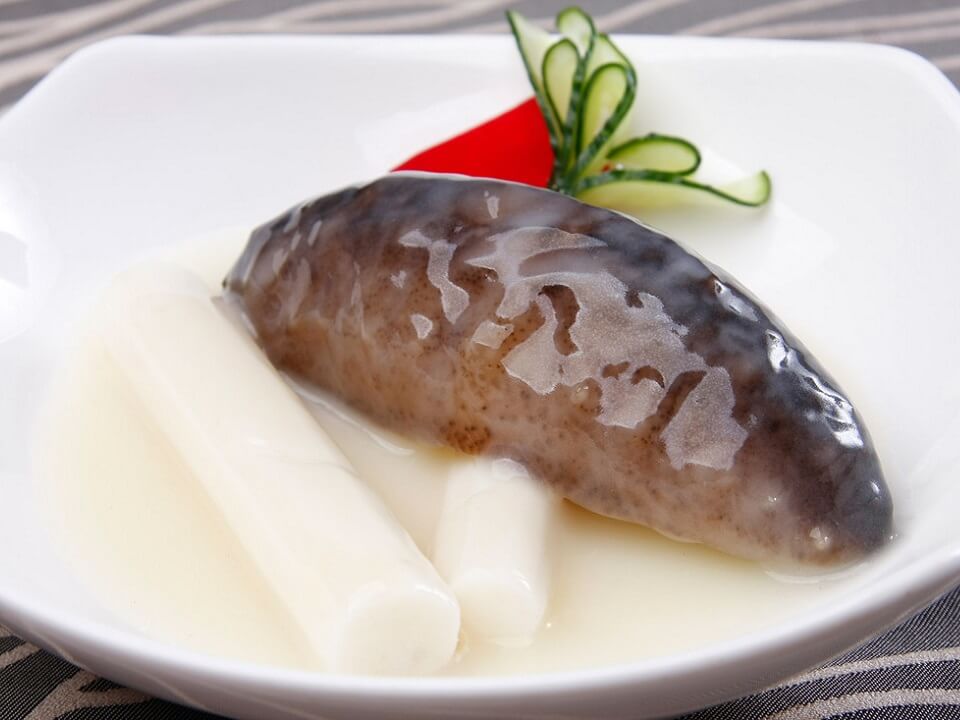
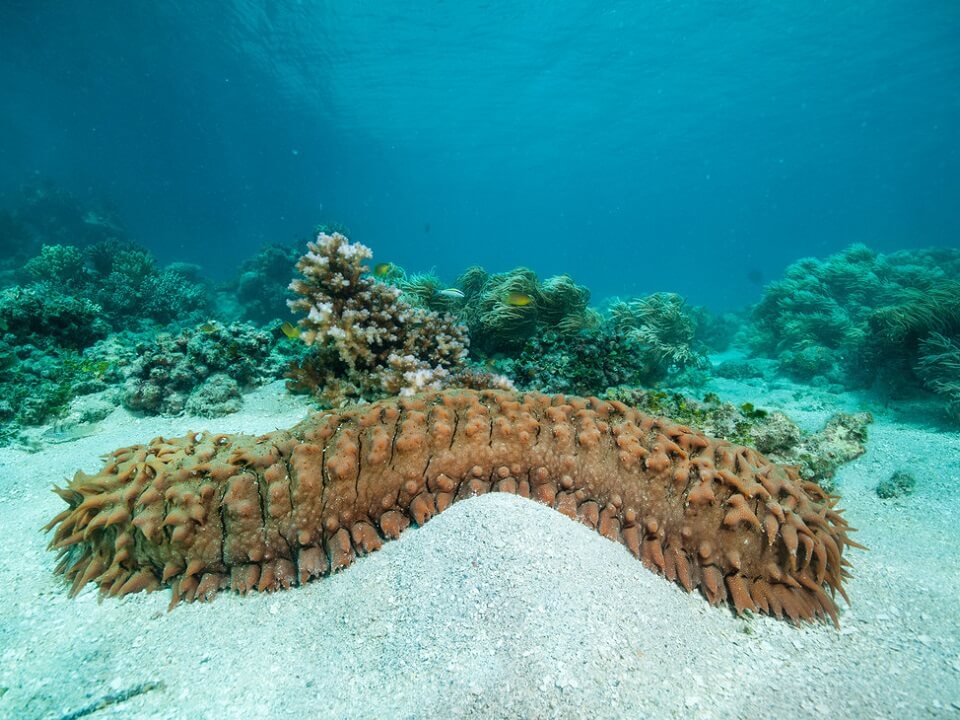
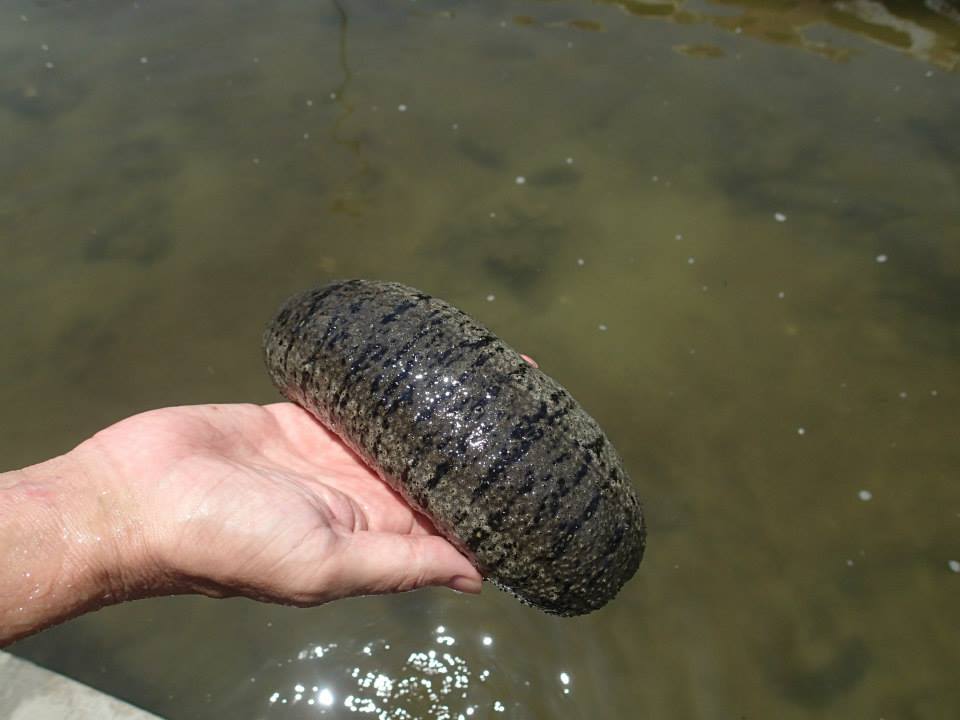
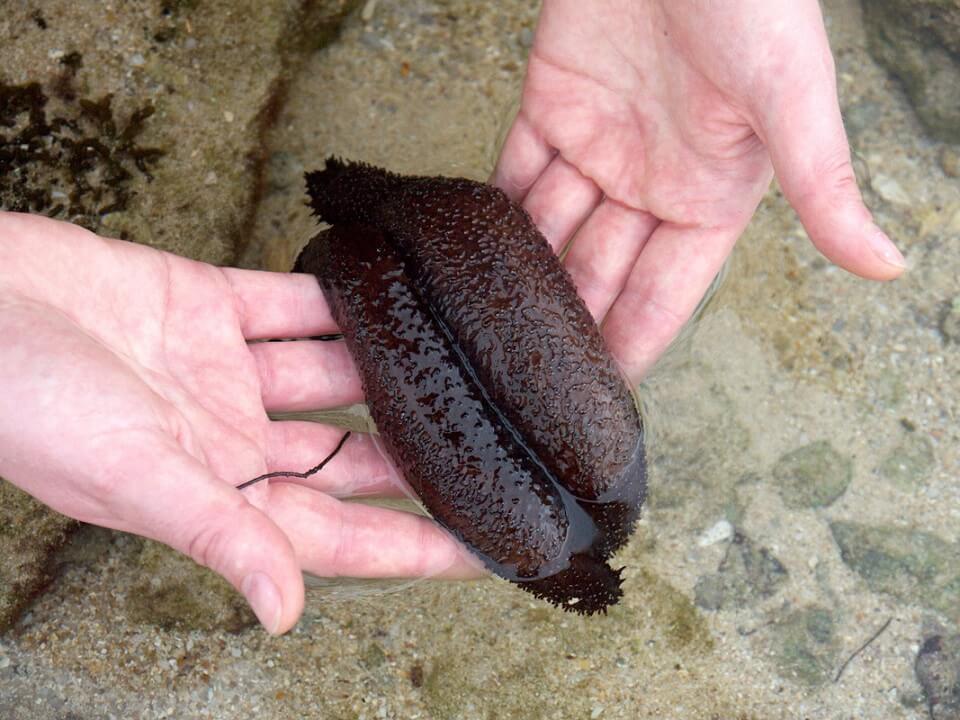
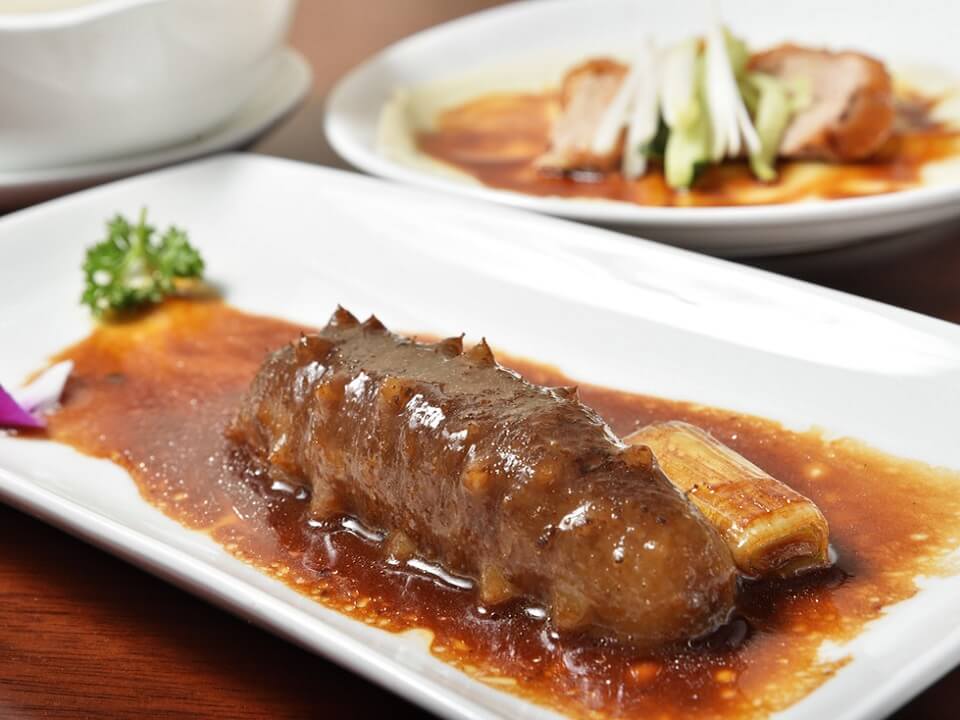
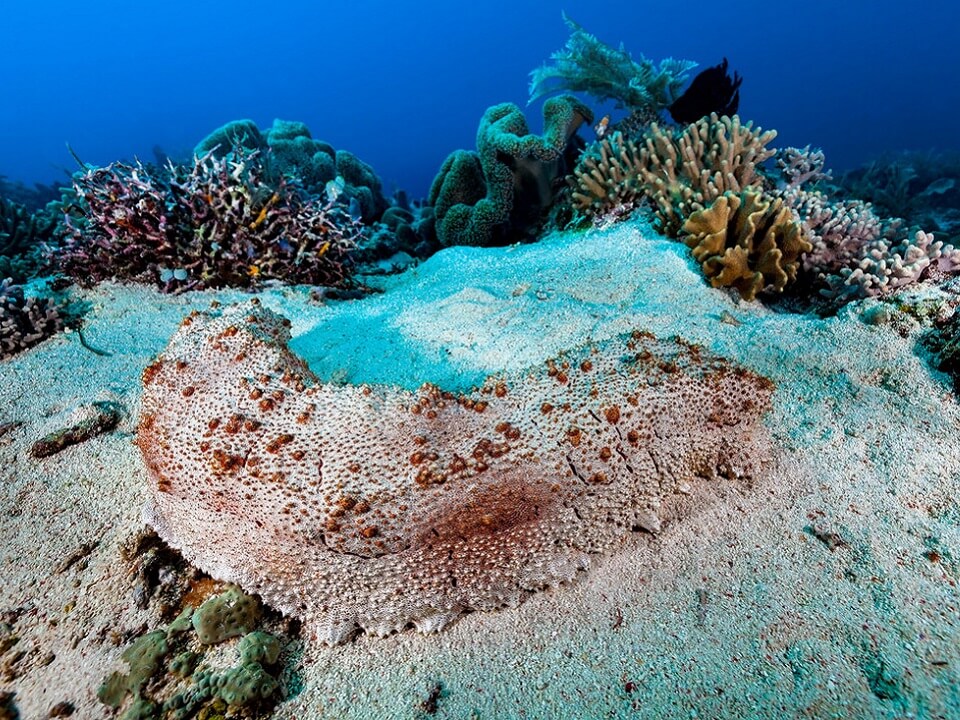
Explore more sustainable fish to eat
Find more sustainable seafood species that are MSC certified in Australia and New Zealand.
Explore the sustainable seafood guide.

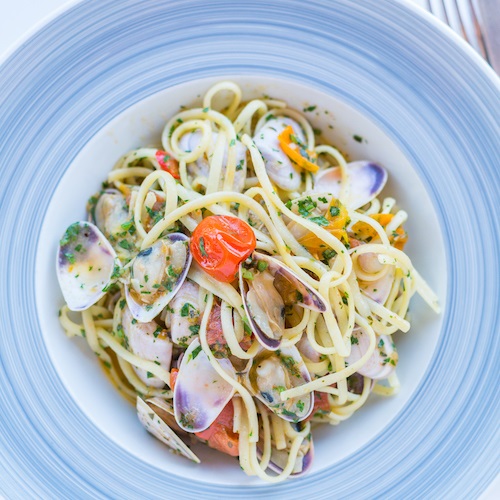
Sustainable seafood recipes
Chefs and seafood lovers from around the world share quick and tasty ways of cooking MSC certified seafood.
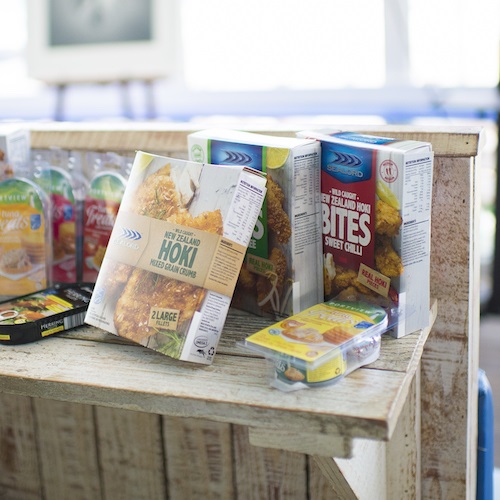
10 reasons to choose the blue fish tick
Choose seafood which helps to protect oceans, livelihoods and fish for the future.

Buy sustainable seafood
Where to find the blue fish tick at supermarkets, fish shops and restaurants.

